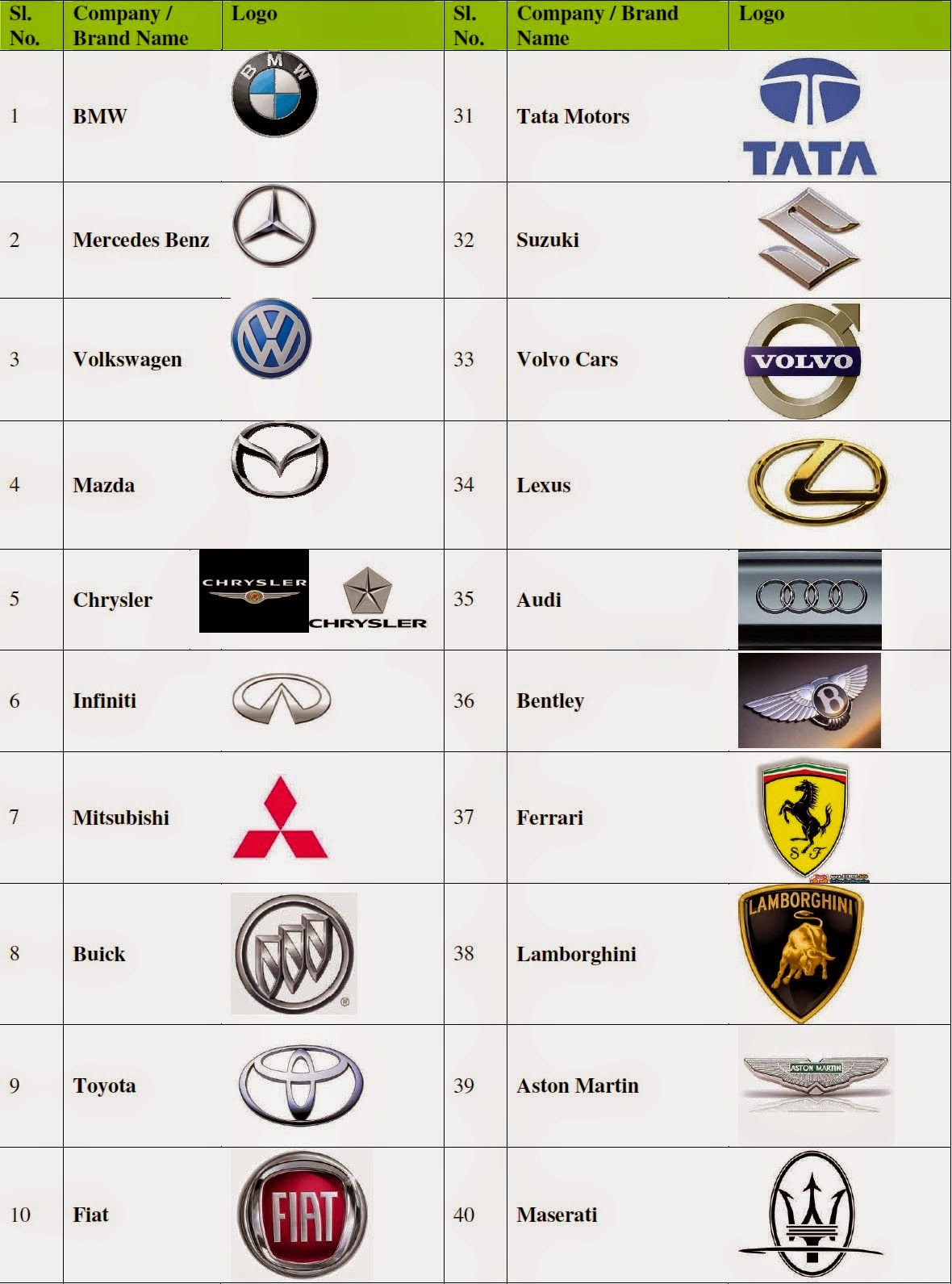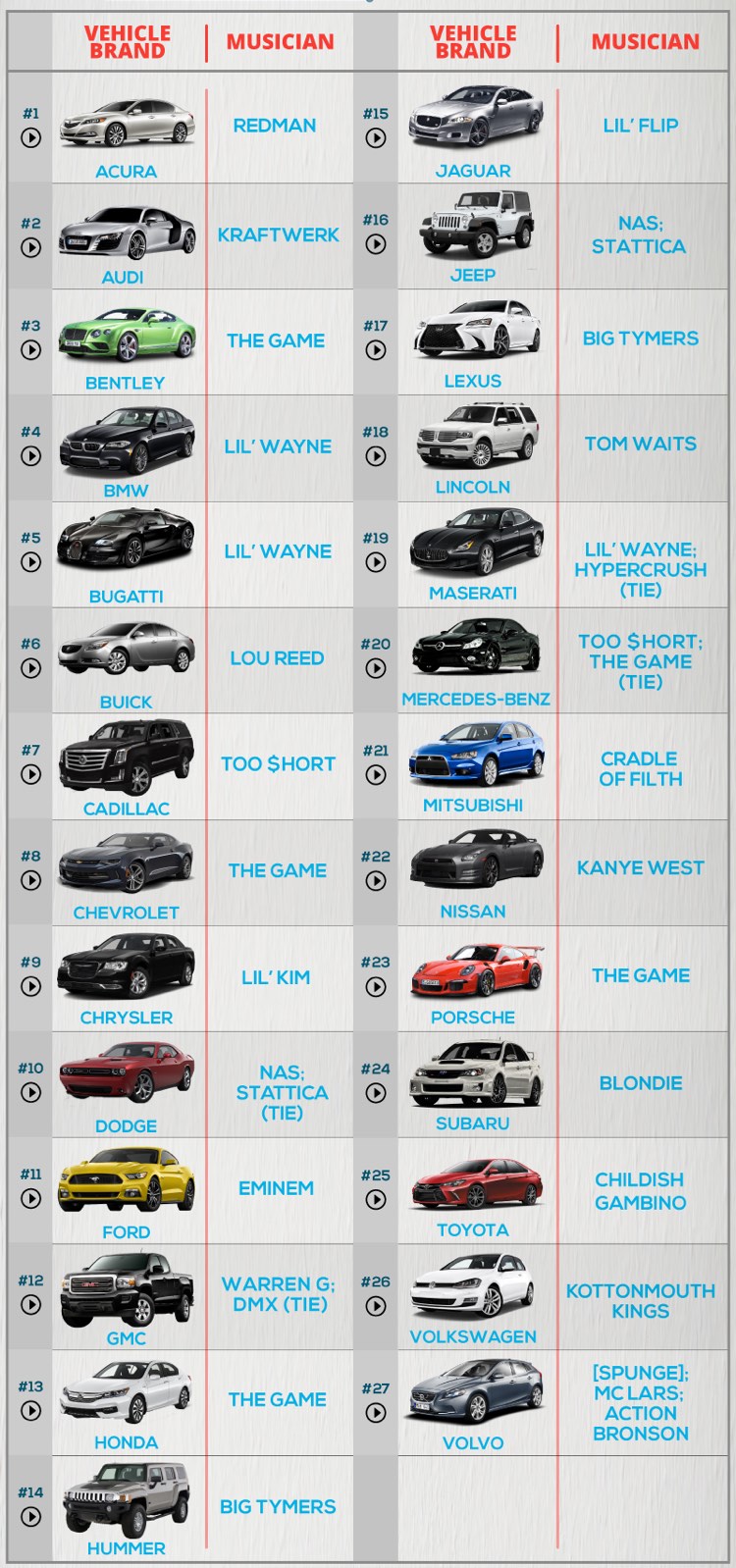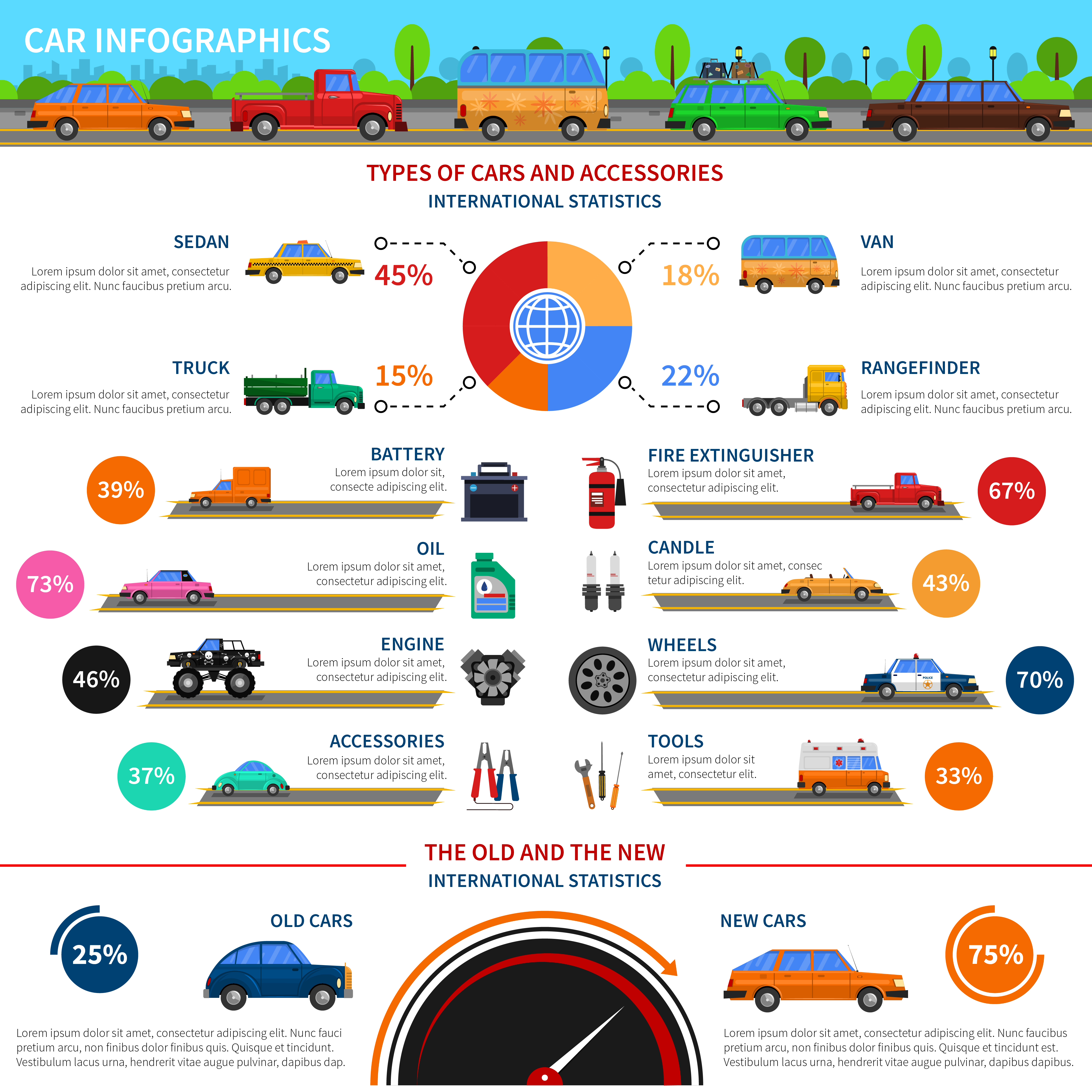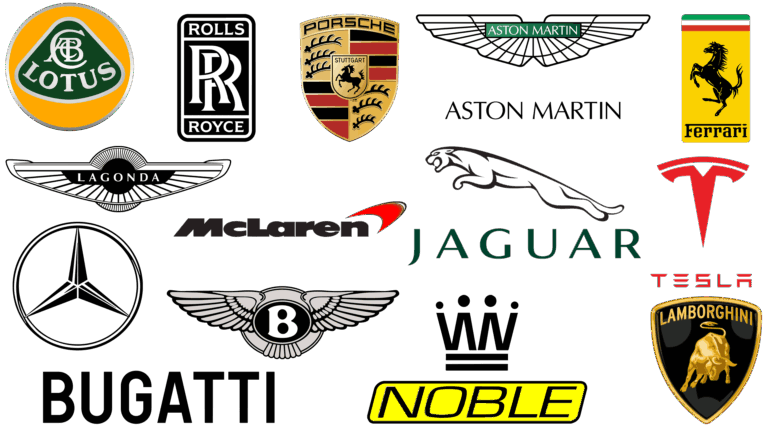Different Types Of Car Brands: Navigating the Automotive Landscape
Different Types Of Car Brands: Navigating the Automotive Landscape cars.truckstrend.com
The automotive world is a fascinating tapestry woven with innovation, heritage, and fierce competition. At its heart lie car brands, each representing a unique philosophy, design language, and target audience. From the roar of a supercar engine to the silent hum of an electric vehicle, and from the rugged utility of an off-roader to the plush comfort of a luxury sedan, the diversity of car brands is immense. Understanding these distinctions is not merely an academic exercise; it’s a crucial step for anyone looking to make an informed purchasing decision, appreciate the nuances of automotive engineering, or simply comprehend the dynamics of a global multi-trillion-dollar industry.
This comprehensive guide will delve into the various types of car brands, exploring their defining characteristics, market positioning, geographical origins, and the evolving trends shaping their future. By the end, you’ll have a clearer picture of the vast and exciting universe of car brands.
Different Types Of Car Brands: Navigating the Automotive Landscape
Categorization by Market Positioning and Target Audience
Car brands are often best understood by the segment of the market they aim to capture, which directly influences their design, features, pricing, and overall brand identity.
1. Luxury Brands
These brands cater to affluent customers seeking premium quality, advanced technology, superior performance, and exclusive status. They emphasize exquisite craftsmanship, high-end materials (leather, wood, carbon fiber), sophisticated infotainment systems, and powerful engines. Owning a luxury car often signifies success and discerning taste.
- Examples: Mercedes-Benz, BMW, Audi, Lexus, Porsche, Cadillac, Lincoln, Volvo, Genesis, Rolls-Royce, Bentley, Aston Martin.
- Key Characteristics: High price point, advanced safety and comfort features, powerful engines, prestigious image, personalized options, exceptional service.

2. Mainstream/Volume Brands
Comprising the largest share of the global market, these brands focus on broad appeal, offering a diverse range of vehicles that prioritize reliability, practicality, fuel efficiency, and affordability for the average consumer. They aim to deliver good value for money across various segments, from compact cars to SUVs and pickup trucks.
- Examples: Toyota, Honda, Ford, Volkswagen, Hyundai, Kia, Nissan, Chevrolet, Subaru, Mazda.
- Key Characteristics: Competitive pricing, wide model range, strong reliability records, good fuel economy, practical features, extensive dealer networks.

3. Performance/Sports Car Brands
These brands are dedicated to delivering exhilarating driving experiences, prioritizing speed, agile handling, and aggressive styling. Their vehicles often feature powerful engines, advanced suspension systems, lightweight materials, and aerodynamic designs. They cater to enthusiasts who value driving dynamics above all else.
- Examples: Ferrari, Lamborghini, McLaren, Porsche (also in luxury), Lotus, Corvette (Chevrolet sub-brand).
- Key Characteristics: High horsepower, rapid acceleration, superior handling, distinctive styling, often limited production, high purchase and maintenance costs.

4. Budget/Economy Brands
At the lower end of the price spectrum, these brands focus on maximum affordability, offering basic transportation solutions. While they might lack the bells and whistles of higher-end vehicles, they excel in cost-effectiveness, fuel efficiency, and straightforward functionality.
- Examples: Dacia (Renault’s budget brand), Suzuki (some models), Mitsubishi (some models), certain sub-brands in emerging markets.
- Key Characteristics: Lowest price point, essential features, high fuel efficiency, lower maintenance costs, often smaller vehicle sizes.
5. Electric Vehicle (EV) Specialists
A rapidly growing category, these brands primarily or exclusively produce electric vehicles. They often lead the way in battery technology, charging infrastructure development, and software integration, pushing the boundaries of automotive innovation.
- Examples: Tesla, Rivian, Lucid, Polestar, Nio, XPeng.
- Key Characteristics: Zero emissions, focus on range and charging speed, cutting-edge technology, often minimalist interiors, strong emphasis on software and connectivity.
6. Off-Road/Utility Vehicle Specialists
These brands are synonymous with ruggedness, durability, and exceptional off-road capabilities. Their vehicles are designed to tackle challenging terrains, often featuring four-wheel drive, high ground clearance, and robust construction.
- Examples: Jeep, Land Rover, Ram (pickup trucks).
- Key Characteristics: 4×4 or AWD systems, robust chassis, high towing capacity, durable interiors, adventurous image.
Categorization by Origin/Nationality
The country of origin often imbues a car brand with specific engineering philosophies, design aesthetics, and cultural influences.
- Japanese Brands: (e.g., Toyota, Honda, Nissan, Subaru, Mazda, Suzuki, Lexus, Infiniti, Acura) – Known for reliability, fuel efficiency, innovative technology, and strong resale value.
- German Brands: (e.g., Mercedes-Benz, BMW, Audi, Volkswagen, Porsche, Opel) – Renowned for precision engineering, performance, luxury, robust build quality, and advanced technology.
- American Brands: (e.g., Ford, Chevrolet, Dodge, Ram, Jeep, Tesla, Cadillac, Lincoln) – Historically known for large vehicles, powerful engines, and pioneering pickup trucks. Now also leaders in EVs and autonomous tech.
- Korean Brands: (e.g., Hyundai, Kia, Genesis) – Have rapidly ascended in quality, design, and technology, offering excellent value for money and strong warranties.
- Italian Brands: (e.g., Ferrari, Lamborghini, Maserati, Alfa Romeo, Fiat) – Celebrated for passionate design, exhilarating performance, luxurious interiors, and rich heritage.
- British Brands: (e.g., Land Rover, Jaguar, Aston Martin, Rolls-Royce, Bentley, Mini) – Emphasize luxury, heritage, distinctive styling, and often powerful performance.
- French Brands: (e.g., Renault, Peugeot, Citroën, DS Automobiles) – Known for unique, often quirky design, comfortable rides, and practical solutions, especially in compact segments.
- Swedish Brands: (e.g., Volvo, Polestar) – Synonymous with safety, minimalist design, environmental consciousness, and understated luxury.
- Chinese Brands: (e.g., BYD, Geely, Nio, XPeng, Chery, SAIC) – Rapidly expanding global presence, particularly strong in EV technology, competitive pricing, and integrating advanced connectivity.
Important Considerations When Choosing a Car Brand
Beyond the general categories, several factors should influence your decision when considering a specific car brand or model:
- Reliability and Durability: Research independent ratings (e.g., J.D. Power, Consumer Reports) for long-term dependability and common issues.
- Safety Features and Ratings: Check crash test results (e.g., NHTSA in the US, Euro NCAP in Europe) and the availability of advanced driver-assistance systems (ADAS).
- Fuel Efficiency/EV Range: Assess the running costs based on fuel consumption or electric range and charging infrastructure.
- Resale Value: Some brands and models hold their value better than others, impacting your long-term cost of ownership.
- Maintenance and Parts Availability/Cost: Consider the ease and expense of servicing and obtaining spare parts, especially for imported or niche brands.
- Brand Reputation and Customer Service: A brand’s commitment to customer satisfaction can significantly impact your ownership experience.
- Technological Innovation: Evaluate the brand’s forward-thinking approach to infotainment, connectivity, and autonomous driving.
- Design and Aesthetics: While subjective, a car’s appearance and interior design play a significant role in driver satisfaction.
- Environmental Impact/Sustainability Initiatives: For eco-conscious buyers, a brand’s commitment to sustainable manufacturing and reduced emissions might be a deciding factor.
The Evolution of Car Brands: Mergers, Acquisitions, and New Entrants
The automotive landscape is constantly shifting. Many seemingly independent brands are actually part of larger automotive groups, sharing platforms, technologies, and even engines. Examples include the Volkswagen Group (VW, Audi, Porsche, Skoda, Seat, Lamborghini, Bentley, Bugatti), Stellantis (Fiat, Chrysler, Jeep, Ram, Dodge, Peugeot, Citroën, Opel, Maserati, Alfa Romeo), and General Motors (Chevrolet, GMC, Cadillac, Buick). This consolidation allows for economies of scale and shared R&D.
Simultaneously, the rise of electric vehicles has paved the way for new entrants like Tesla, Rivian, and Lucid, challenging established players and forcing traditional brands to accelerate their own EV development. The future promises continued innovation, with increasing emphasis on electrification, autonomous driving, and sustainable practices, shaping how existing brands evolve and new ones emerge.
Practical Advice and Actionable Insights
When you’re ready to dive deeper, remember to:
- Define Your Needs and Budget: What do you need the car for? How much can you realistically spend?
- Research Specific Models, Not Just Brands: While brand reputation matters, individual models within a brand can vary greatly.
- Read Diverse Reviews: Look at professional reviews, owner forums, and reliability surveys.
- Test Drive Multiple Options: Experience the cars firsthand to see how they feel and perform.
- Consider Total Cost of Ownership: Factor in insurance, maintenance, fuel, and depreciation, not just the purchase price.
Representative Market Segments and Price Ranges for Car Brands
This table illustrates the typical market segments and general price ranges associated with different types of car brands. Prices are approximate and can vary significantly based on model, trim, options, and market conditions.
| Brand Type | Example Brands | Typical Price Range (USD) | Key Characteristics |
|---|---|---|---|
| Luxury | Mercedes-Benz, BMW, Audi, Lexus, Genesis, Porsche, Cadillac, Volvo | $45,000 – $200,000+ | Premium materials, advanced tech, powerful engines, prestigious image, comfort, performance, high customization. |
| Mainstream/Volume | Toyota, Honda, Ford, Volkswagen, Hyundai, Kia, Nissan, Chevrolet, Subaru | $20,000 – $60,000 | Reliability, practicality, fuel efficiency, broad appeal, wide model range (sedans, SUVs, trucks), good value. |
| Performance/Sports | Ferrari, Lamborghini, McLaren, Lotus, Porsche (911/Cayman), Corvette | $70,000 – $500,000+ | Exhilarating speed, agile handling, aggressive styling, high-performance engines, track-focused, often limited production. |
| Budget/Economy | Dacia, Suzuki (certain models), Mitsubishi (certain models) | $15,000 – $25,000 | Affordability, essential features, high fuel efficiency, compact size, low running costs, basic functionality. |
| EV Specialists | Tesla, Rivian, Lucid, Polestar, Nio | $40,000 – $250,000+ | Zero emissions, long range, cutting-edge battery tech, software-centric, fast charging, minimalist design, high performance for electric powertrains. |
| Off-Road/Utility | Jeep, Land Rover, Ram | $30,000 – $80,000+ | Ruggedness, 4×4 capabilities, high ground clearance, towing capacity, durable interiors, designed for challenging terrains. |
Frequently Asked Questions (FAQ)
Q1: Which car brand is considered the most reliable?
A1: While reliability can vary by specific model and year, Japanese brands like Toyota and Lexus consistently rank at the top in reliability surveys (e.g., J.D. Power, Consumer Reports). Honda and Mazda also frequently perform very well.
Q2: Are luxury cars worth the extra cost?
A2: It depends on individual priorities. Luxury cars offer superior comfort, advanced technology, higher performance, and often a more prestigious image. For those who value these attributes and can afford the premium price and higher maintenance costs, they can be worth it. For others, a mainstream brand offers better value for practical needs.
Q3: What’s the difference between a car brand and a car manufacturer?
A3: A car brand (e.g., Audi, Porsche, Skoda) is the name and identity under which vehicles are marketed. A car manufacturer (e.g., Volkswagen Group) is the parent company that owns and produces vehicles for multiple brands. So, Audi is a brand, but the Volkswagen Group is its manufacturer.
Q4: How do new car brands emerge in today’s market?
A4: New car brands primarily emerge through innovation in niche markets (like electric vehicles, e.g., Rivian, Lucid) or through diversification by existing conglomerates. The shift to EVs has lowered the barrier to entry for some startups, allowing them to focus on electric powertrains without the legacy of internal combustion engine development.
Q5: Which car brand is best for families?
A5: There isn’t one "best" brand, as it depends on family size, budget, and specific needs. However, mainstream brands like Toyota, Honda, Hyundai, Kia, and Subaru are highly regarded for their family-friendly SUVs, minivans, and sedans, offering safety, reliability, and practical features at competitive price points.
Conclusion
The world of car brands is incredibly diverse, offering a spectrum of choices to meet virtually every need, desire, and budget. From the pinnacle of luxury and performance to the bedrock of practicality and affordability, each brand embodies a distinct philosophy and targets a specific segment of the automotive market. Understanding these different types of car brands empowers consumers to make more informed decisions, appreciate the engineering prowess behind each vehicle, and recognize the dynamic forces shaping the future of transportation. Whether you’re a seasoned enthusiast or a first-time buyer, recognizing the unique identity and offerings of each brand is the first step towards finding your perfect ride in this exhilarating landscape.






